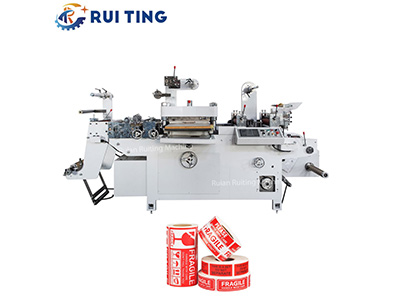Blog

That triumphant feeling of peeling off a price tag or product label is often short-lived. Left behind is the dreaded sticky residue – a gummy, stubborn mess that seems impossible to remove. Don't despair! Whether it's on glass, plastic, ceramic, or metal, conquering sticky labels is possible with the right approach. Here’s your battle plan:
1. Patience is Key: Rushing usually leads to scratches or spreading the glue.
2. Test First: Always test your chosen method on a small, inconspicuous area first to ensure it doesn't damage the surface (paint, finish, etc.).
3. Start Gentle: Begin with the mildest method and escalate only if needed.
4. Work the Edges: Lift a corner and work slowly, ideally peeling the label and residue off together.
How-To: If the label is relatively new, try slowly peeling it back at a very low angle (almost parallel to the surface), applying gentle, steady pressure. Heat from your fingers can sometimes help soften the glue slightly.
Best For: Easily accessible, not overly stubborn labels on smooth surfaces.
How-To: Set your hair dryer to medium heat or a heat gun to low (keep it moving constantly!). Warm the label for 30-60 seconds, focusing on the edges. The heat softens the adhesive. Carefully lift a corner with a fingernail or plastic scraper and peel slowly while warm.
Best For: Plastic containers, glass jars, metal. Avoid on thin plastic (can warp), painted surfaces (can damage paint), or sensitive electronics. Keep heat away from flammable materials!
How-To: Apply a generous amount of oil (or oil-based food) directly onto the sticky residue. Let it soak for 15 minutes to several hours. The oil breaks down the adhesive bond. Wipe away the residue with a cloth or paper towel. Clean the surface thoroughly with soapy water afterward to remove oily film.
Best For: Glass, ceramic, metal, some plastics. Test on plastics first, as oil can sometimes stain or cloud certain types. Avoid porous surfaces like untreated wood.
How-To: Dampen a cloth or cotton ball with rubbing alcohol. Rub firmly over the sticky residue. The alcohol dissolves many types of adhesive. Wipe clean with a damp cloth. May require a few applications.
Best For: Glass, metal, most hard plastics, countertops. Test first! Can damage some plastics (causing cloudiness or crazing), varnished wood, painted surfaces, or certain finishes. Use in a well-ventilated area.
How-To: Follow the product instructions carefully. Apply a small amount to the residue, let it sit for the recommended time, then wipe away with a cloth. Often very effective.
Best For: Tough residue on glass, metal, many plastics. ALWAYS test on an inconspicuous spot first! Can be harsh on some surfaces. Use in a well-ventilated area. Clean the surface thoroughly with soapy water afterward.
How-To: Soak a cloth in undiluted white vinegar and lay it over the residue for 10-15 minutes. Rub the area. Vinegar's acidity can help break down some adhesives. Rinse well.
Best For: Glass, some plastics. Less potent than other methods but gentler.
How-To: Make a paste with baking soda and a little water or cooking oil. Apply to the residue, let it sit for 5-10 minutes, then gently scrub with an old toothbrush or cloth. Wipe clean.
Best For: Surfaces where gentle abrasion is acceptable (glass, ceramic, some metals). Helps lift residue dissolved by oil.
While removal techniques are valuable, the best experience starts with the label itself. High-quality labels applied correctly leave minimal residue. This is where manufacturing precision makes a huge difference.
A Label Die Cutting Machine plays a crucial role. This specialized machine doesn't just cut the label shape; it precisely controls the depth of the cut. Optimal die cutting ensures the label's adhesive layer is cleanly cut through without cutting into the backing paper too deeply. Why does this matter?
Cleaner Release: Precise cutting allows the label to peel cleanly off its backing.
Less "Ooze": Prevents adhesive from bleeding excessively around the edges of the label during application.
Easier Application: Labels come off the backing smoothly.
Easier Removal: Labels designed and cut with removal in mind, combined with adhesives formulated for clean release (like removable adhesives), significantly reduce the sticky residue left behind.
Latest News
Exhibition 2023 labelexpo Asia
The 2023 labelexpo Asia show we participated in in December was a complete success. I am v...
Jun 14,2024
Slitting is a key manufacturing process cutting wide flexible materials (paper, films, foi...
Nov 28,2025
A flexo printing machine is a fast, versatile system that uses flexible plates and various...
Nov 14,2025
GET A QUOTE